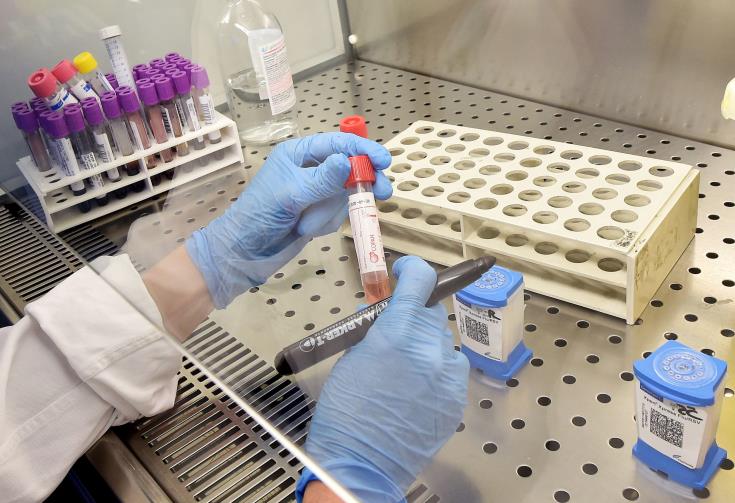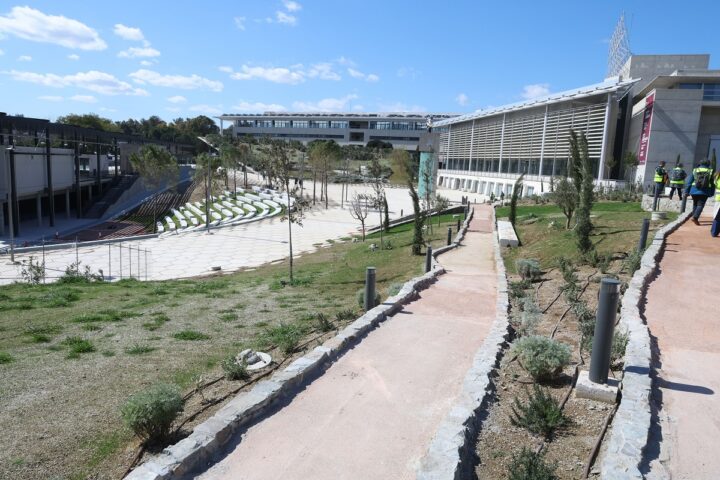Nicosia has overtaken Limassol as the island’s COVID-19 hotspot as more than half of all cases diagnosed in the last 14 days were reported in the district while Larnaca and Famagusta also had high rates.
Out of a total of 4,425 cases diagnosed between November 30 and December 13, 2,373 were reported in the Nicosia district, followed by Larnaca with 1,050.
Another 386 cases were reported in Famagusta, 383 in Limassol, 121 in Paphos, while 112 either reside within the British bases or had a residence abroad, or concern people for which information was not available.
Cyprus’ cumulative notification rate during this period was 498.3 per 100,000 population, one of the worst rates in Europe.
Famagusta’s was 789.4 per 100,000 and Larnaca’s was 704.7. Nicosia followed with 685 while Limassol and Paphos, the virus hotspots in October and early November, reported 154.2 and 126.8, respectively.
The weekly report on the virus is prepared by the Health Ministry’s epidemiological surveillance unit.
The median age of all cases was 36 years, most cases, 98.8% (4,372) were locally transmitted.
Only 53 cases (1.2%) involved people who arrived on the island from abroad.
By age group, cases included 933 infants, children and adolescents aged 0-19 (21.1%), 2,763 adults aged 20-59 (62.4%), 727persons aged 60 and older (16.4%), and for 2 cases (0.1%) information was missing.
The median age of all cases diagnosed in the last 14 days was 36 years (IQR: 23-53years). The median age of adult cases (≥ 18 years) is 42years (IQR: 30-57years).
As of December 13, a total of 15,004 COVID-19 cases were diagnosed, of which 85 died (case fatality risk: 0.6%).
The mortality (all-causes) for people with COVID-19 is 12.4 per 100,000 population, up from 8.2 a fortnight ago.
A total of 665,112 molecular tests were performed up to December 13 (74,900 per 100,000 population).
Over the last 14 days, 49,164 molecular tests have been performed (5,536.5per 100,000 population), as the number of molecular tests appears to be dropping.
According to data updated on 30 November, some 70,248 tests had been performed (8,020.1 per 100,000 population) in the fortnight leading up to that date.









